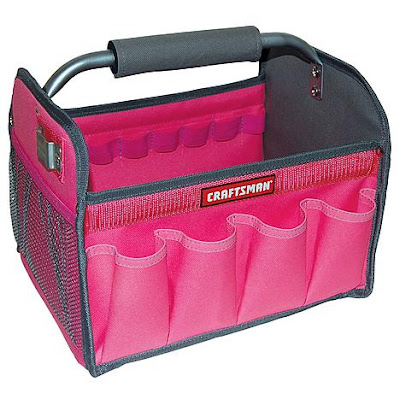Hello, it is time to take a look at chapters 3 and 4 in the Guided Math In Action book!
If you have not read this or do not have it and would like to add this to your resource library please click on the book below:
Chapter 3
As in any grade, routines are very important in first grade. In order for my kiddos to be successful, I take the first 3 weeks and really focus on routines, expectations and small group rotations. We practice rotating without materials and activities to begin with. We do this for a week. I use visitimer, which is a visual and audio timer. They learn during this week what the timer should look like when it is time to clean up and get ready to rotate. This also allows them to watch the timer so the uniqueness runs out. They normally spend a good deal of time watching the timer to see what picture it is going to make. By practicing this gets out of their systems by the time we add manipulatives to the rotations. After the first week, I extend the time at each area and I put manipulatives on the tables. this will allow them to experience both the manipulatives and the timer. They now have something to clean up. The third week is the same but the time at the areas are now the time they can expect to have when they have the actual activities.
My groups at the areas were heterogenous. I feel that it is important that the groups at the technology, activity and writing areas were a mixture of abilities. This will allow all students to become successful. The groups at my area were homogenous and that is when I am able to differentiate the material to increase their success levels. My kids rotate when the timer goes off. Once they are at their area, the timer is restarted. There are chalkboard easels that direct them to the correct area.
Here is the timer I use if you are interested! It is free!
My activities are in monster buckets that I got from Krispy Kreme! They are labeled with the group number. I have a new activity for each group every day for Monday throughThursday. That is a total of 16 activities per week. On Fridays, I conference with my kids while they work on activities or technology at their seats.
But now that I have read this chapter, I am rethinking the rotation part. I liked how she had the students stay at the table and there was a leader who would go and get the next activity. This seems to be a great way to cut down on wasted instructional time that happens when they rotate. I am still thinking about this!
My teacher toolkit is my saving grace! I use a pink sears tool bag for my materials!
In this bag I have:
1. dry erase boards
2. dry erase markers
3. pencils
4. number lines
5. dice
6. spinners
7. magnetic numbers
8. ten frames and dots
9. timers
10. plastic money
11. flash cards
12. deck of playing cards
13. dominos
14. stamps and stamp pads
15. I need a break cards
16. pointers
17. ice cube trays with pom poms
18. clocks
19. rulers
20. I will add other materials as needed
Chapter 4
I am still one of those old fashioned gals who have to write down her lesson plans. I will do typed ones on the computer as well but I love my lesson plan books! I think it is just a routine or habit that I just have a hard time breaking! LOL! Now in our district, we have to write LFS lesson Plans so I write my written plans in my format and I then type up and have the official LFS plans in my book as well!
I use a variety of methods to determine the levels of my kiddos. I use common assessments, formative assessments, every day observations, daily work in activities, anecdotal records and benchmarks. ESGI has been a life saver! I am able to create tests or use tests that are already in the test bank and the students take them on the computer. The tests are graded and data is formed for you. There are informational sheets available for each child and provides data for you to share with parents and to use to form your small groups! This is an amazing system! Click on the picture below to learn more about ESGI!
My groups are fluid. The students at my area are always changing amongst the groups. Since my area is differentiated, when a child has gained success and is able to move on to another group then they are placed in the correct group. This is also the same for children who begin to struggle!
Please follow the schedule below so you can join us on our journey throughout this awesome book!!









No comments :
Post a Comment